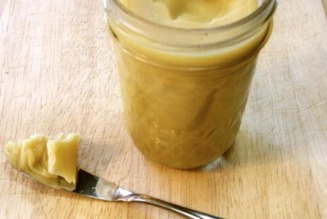Disclaimer:
All content included on this website (including, but not limited to, images, photos, graphics and text) is the property of ‘Healthy Ayurveda’ and ‘Vedic Sage’ and as such is protected by US and international copyright and other intellectual property laws.
Digestion According To Ayurveda
The fundamentals of Ayurveda is centered around digestion and takes into consideration:
- Rasa: the 6 differing tastes … which are sweet, sour, salty, pungent, bitter and astringent
- Virya: the potency or power contained within food and/or medicine
- Vipaka: the influence of food at the tissue level once digestion within the GI tract is complete
- Prabhava … which will be discussed further in another post
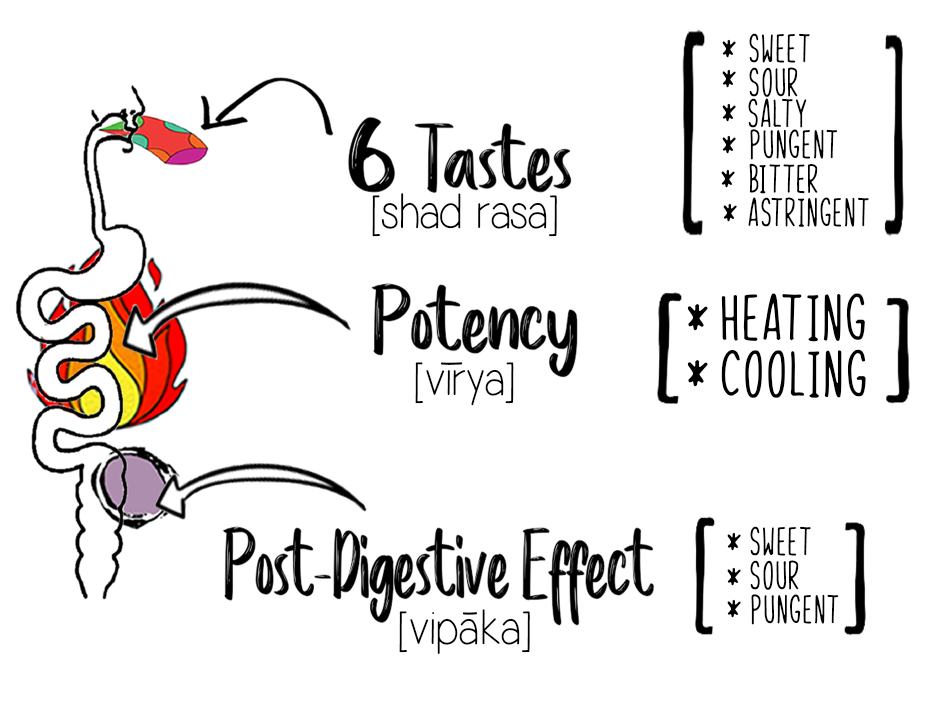
According To Ayurveda …
Every substance is made up of a combination of the “5 Great Elements”
The ‘5 Great Elements’ called “Panchmahabhutas” are ether, air, fire, water and earth.
… and based upon the combination or proportion of the 5 elements [panchmahabhutas] contained within a particular substance ultimately determines the taste [rasa], qualities [gunas] and actions [karmas] the substance [dravya] will possess.

It’s important to understand that the food we ingest – changes at every stage of digestion and knowing these very changes allows us to appreciate the therapeutic nature of food – allowing us to eat deliberately according to one’s needs.
Taste [Rasa]
Our initial perception of food [apart from seeing and smelling of food] is taste. According to the teachings of Ayurveda, tastes have an effect on doshas which then creates an influence upon the body and mind.

Before we go any further …
In order to understand the correlation of tastes and its influence upon doshas …
it’s important to appreciate the correlation of the elements and the principle of like increases like; and opposites help to balance excess.
Samanya Vishesha Siddant
Substances having properties and actions similar to that of dosha-dhatu-and malas
…. will bring about an increase in such doshas-dhatus and malas.
Like Increases Like …
Opposites Help To Balance Excess …
The inverse is equally important. Meaning, substances which have dissimilar or opposing properties … will cause a decrease in the function of doshas-dhatus- and malas.
which have opposing functions.
More Simplified:
- like increases like
- opposites tend to reduce excesss
The Correlation …
There is a correlation of the 5 Great Elements [ether, air, fire, water, and earth]
and the 6 tastes: sweet, sour, salty, pungent, bitter, and astringent.
Although all substances contain all 5 elements
– Sweet taste contains all the elements but is predominately water and earth
– Sour taste is predominately fire and earth
– Salty taste is predominately fire and water
– Pungent is predominately fire and air
– Bitter being predominately ether and air
– Astringent taste is predominately air and earth.
SWEET TASTE …
Sweet taste being that predominately of water and earth elements has both oily and heavy qualities which naturally increases kapha dosha. The heavy and oily qualities of food that are sweet in nature will naturally increase the inherent heavy & oily qualities of kapha dosha which will then influence the body & mind conditioned to kapha dosha. Sweet tastes is pleasing to the senses and nourishes all 7 bodily tissues [i.e. dhatu]. Sweet taste promotes anabolic growth. Proper intake of sweet taste increases strength & longevity. Sweet taste improves complexion, promotes healthy hair and skin.
Sour taste is predominately fire and water elements which possess light and oily qualities which will tend to increase pitta dosha. Pitta influences the body & mind with sourness which stimulates salivation, stimulates appetite … via enhancing the secretion of digestive enzymes.
SALTY TASTE …
Salty taste is predominately fire and earth elements which has heating and sharp qualities from fire and heavy quality from earth which will tend to increase pitta dosha.
Pitta influences the body and mind with conditions such as salty taste stimulates appetite and enhances digestion.
PUNGENT TASTE …
Pungent taste is predominately air and fire elements which has dry, light, hot and sharp qualities. Due to these qualities this will naturally increase both vata and pitta dosha which influences the body and mind ….
Pungent taste stimulates Agni, improves digestion.
Pungent taste clears the sinuses by stimulating nasal secretions
… which helps dissolve and remove kapha dosha.
BITTER TASTE …
Bitter taste is predominately ether and air elements which has light, dry and cool qualities which tends to increase vata dosha. Bitter taste clears the palate. Bitter taste creates firmness to the skin and muscles and due to its cooling nature, tends to be an antipyretic.
ASTRINGENT TASTE …

Astringent taste is predomately air and earth elements which has dry, cool and heavy qualities which tends to increase vata dosha. Astringent taste improves absorption and due to its action of reducing excess flow tends to create binding of the stool and can lead to constipation.
The Correlation
By understanding the correlation between:
– the 5 Great Elements [ether, air, fire, water, and earth]
– the 6 tastes [sweet, sour, salty, pungent, bitter, astringent]
– and the 3 doshas [vata, pitta, and kapha]
we can then construct a chart that allows us to use food in a therapeutic fashion.

*Vata dosha is decreased with: sweet, sour and salty tastes.

*Pitta dosha is decreased with: sweet, bitter and astringent tastes.
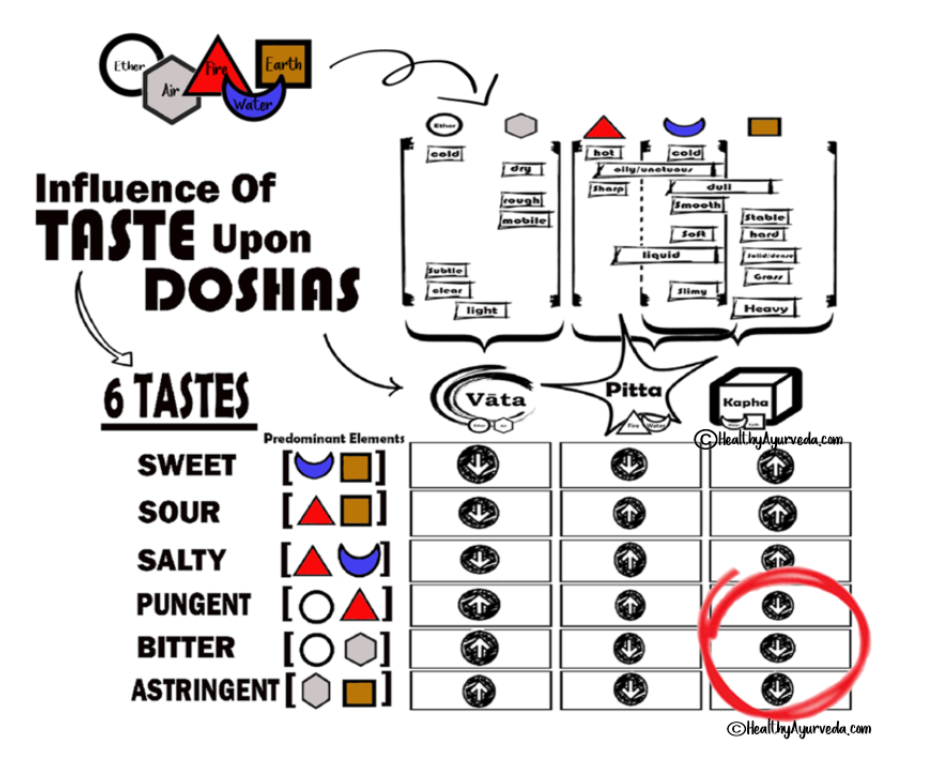
*Kapha dosha is decreased with: pungent, bitter, and astringent tastes.
As food moves into the stomach and eventually into the small intestine for further digestion … a more profound effect takes place which is considered virya. The actual Sanskrit word “Virya” comes from the root Veer; which implies power & potency. Therefore, Virya is the energy, the power, the strength & potency which allows food to exert its actions upon bodily tissue.
Generally speaking,
Virya can be classified into two categories: Heating & Cooling which then exerts its influence upon dosha & Agni; which ultimately exerts its influence upon bodily tissue.
There is also the school of thought [i.e. Asthavida Virya] which describes 8 separate Virya [hot, cold, oily, dry, light, heavy, soft, and sharp]. These 8 separate virya are considered the 8 strongest of the 20 qualities. Strongest in the sense of : most potent, longer acting, and having more shakti [power].
FOR CONVENIENCE:
We often refer to virya as either being heating or cooling. Since, out of the 8 strongest of 20 qualities … heating and cooling tend to be the strongest.
HEATING VIRYA:
– reduces both vata and kapha … and increases pitta dosha
– since pitta dosha increases; naturally Agni is increased.
– more specifically; heating virya leads to dipana [which stimulates Agni]
– heating virya promotes pachana which improves digestion.
COOLING VIRYA:
– reduces pitta dosha … while increasing kapha and vata dosha
– since kapha generally tends to inhibit Agni
… this will naturally promote growth and anabolic activity.
Interesting Note …
As mentioned previously, virya means power and potency. Aside from prabhav [which seemingly is in another league of its own], Virya is the most powerful influence of all the digestive factors [rasa, virya, vipaka]. Because of this, virya is strongly considered in regards to the administration of medicine.
Tastes is initially perceived on the tongue as food is ingested. As food becomes further digested in the stomach and small intestine
… the more profound and longer-acting influence of Virya occurs
… acting upon NOT only dosha … BUT … JaatharaAgni [the digestive metabolic fire].
Digestion Is A Process
Digestion is a process and as food is digested along the G.I. tract. There are a series of reactions thereby creating partially digested food-products along the way.
Vipaka is the final substance derived from food that results after digestion within the gastrointestinal tract is complete. This substance [with its physical-chemical structure],
its qualities and its corresponding influence upon doshas and bodily tissue is vipaka.
However, before we can appreciate vipaka
… it’s important to discuss Avastha Paka
… which is equally fascinating!!
All throughout this Process of digestion … are by-products of partially digested food. Each stage of digestion forms a substance which has certain physical-chemical characteristics with corresponding qualities and therefore … exerting specific influence upon the doshas. And the doshas … themselves, influencing actions throughout the body.
Let’s take a step back and take a closer look at the food once ingested. We’ve discussed how perception of taste occurs via the tongue … which immediately influences the doshas.
Next, as food travels down the esophagus and enters the stomach this initiates a cascade of gastric juices; [i.e. gastrin, mucin, HCL, pepsin, renin] and when the ingested food and the gastric juices within the stomach combine
… this creates a “sweet phase” of digestion … called Madhura Avastha Paka
… and this causes the formation of kapha
… which creates a sense of contentment and fullness.
Amla Avastha Paka …
As food continues to become digested, the combination of partially digested food along with gastric juices now entering into the small intestine with the addition of bile and pancreatic juices
creates a substance which now has a unique chemical structure, with unique qualities different than … what was initially ingested, and different than what was in the stomach.
as food enters the small intestine and mixes with bile and pancreatic digestive juices. This creates the SOUR phase of digestion called “Amla Avastha paka”. This sourness creates the increased influence of pitta dosha which may also exacerbate certain pitta conditions such as itching, hives, rash and urticaria, etc.
As the process of digestion continues …
Food from the small intestine now enters into the large intestine; the colon. As food enters the large intestine much of the digestive process is almost complete as the colon absorbs mainly water and certain minerals.
Through this process [of absorption of water] the digested substance now takes on a set of new characteristics which are more dry and light … and therefore, increases the influence of VATA dosha. This may exacerbate certain Vata conditions such as gas, bloating, constipation etc.
Are We Done With Digestion?
Kind of.
Once food has entered the large intestine and water and mineral absorption are complete … digestion within the gastrointestinal tract is complete.
However, digestion at the tissue level is yet to begin. Hence, the importance of vipaka; which is the post-digestive effect.
Meaning, the effect of food upon the body; at the tissue and cellular level.
The final substance formed after complete digestion [[within the gastrointestinal tract]] is considered vipaka. The influence of vipaka occurs on bodily tissue as well as malas [bodily wastes; i.e. feces … which formed within the GI tract].
Although the Classical text of Ayurveda slightly differ.
Most consider Vipaka to be of 3; Sweet, Sour, and Pungent.
Vipaka has effects on both bodily tissue and waste products [i.e. feces, urine, sweat].
Sweet Vipaka increases Kapha … and therefore promotes growth [i.e. anabolic action]
Sweet vipaka also helps with the elimination of waste products; waste products being feces, urine and sweat.

Sour Vipaka increases Pitta … and therefore promotes metabolic activities.
Sour vipaka tends to create loose stool and can even be the cause of diarrhea and it may tend to create acidic urine and sweat.
Pungent Vipaka increases Vata … and therefore promotes depletion [i.e. catabolic actions]
Pungent Vipaka tends to reduce flow of waste products; therefore being constipating.
Hope You Enjoyed!!
Disclaimer:
All content included on this website (including, but not limited to, images, photos, graphics and text) is the property of ‘Healthy Ayurveda’ and ‘Vedic Sage’ and as such is protected by US and international copyright and other intellectual property laws.
This information is strictly for educational purpose only and not considered medical advice. Always first discuss with your primary care physician before considering any new health regimen.










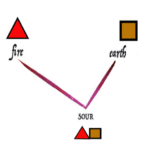












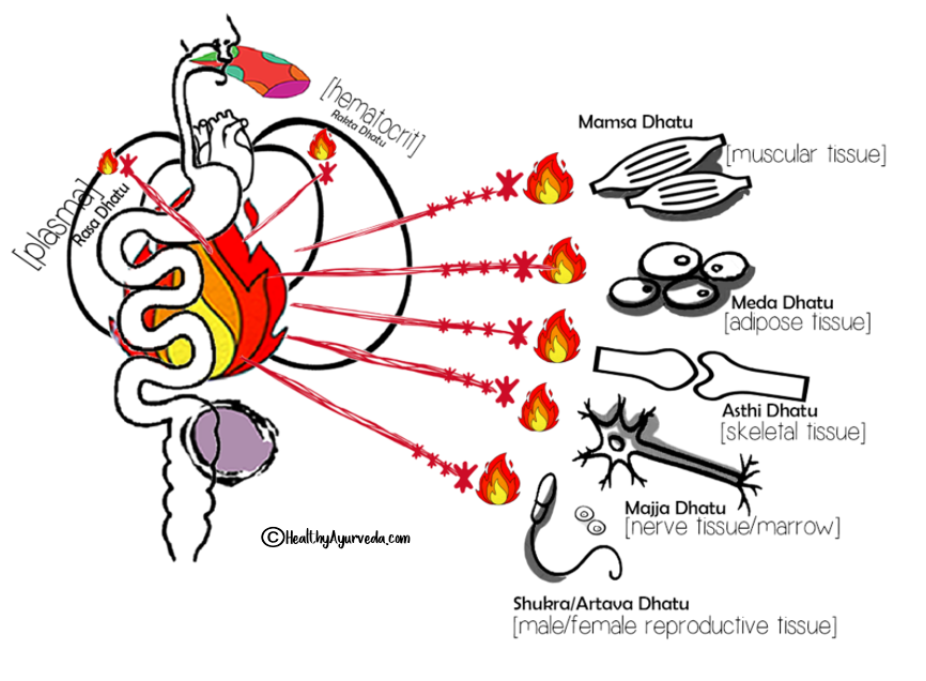



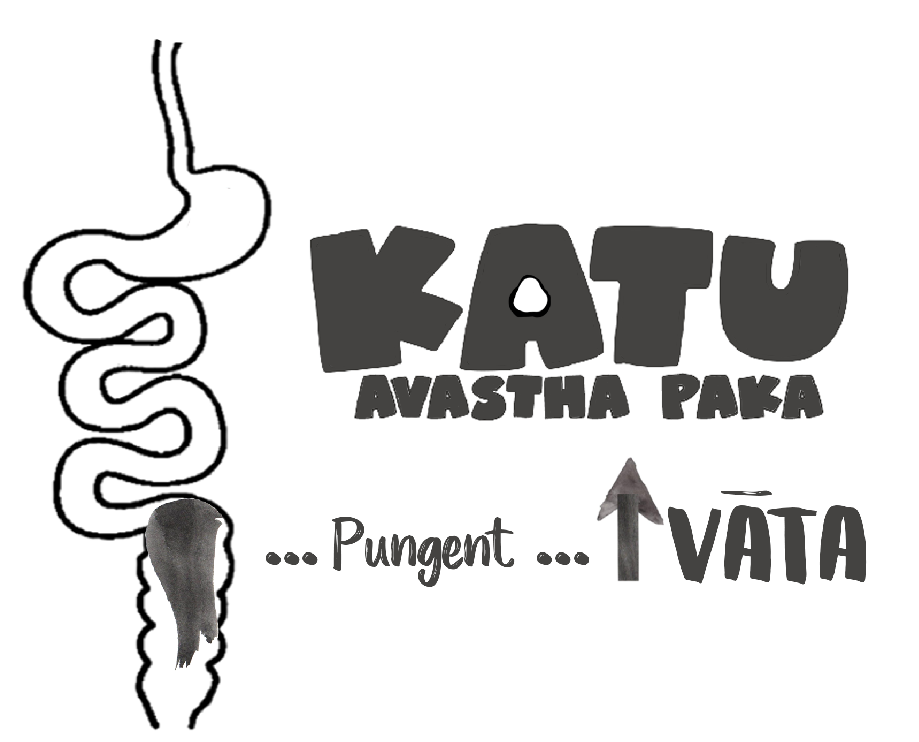






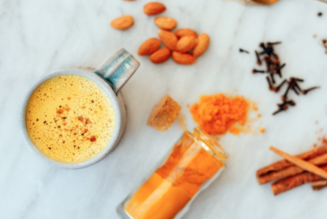
![Female Health: Amenorrhea [cessation of menses] – An Ayurvedic Perspective](https://healthyayurveda.com/wp-content/uploads/2015/07/1.-Amenorhea--327x219.png)

